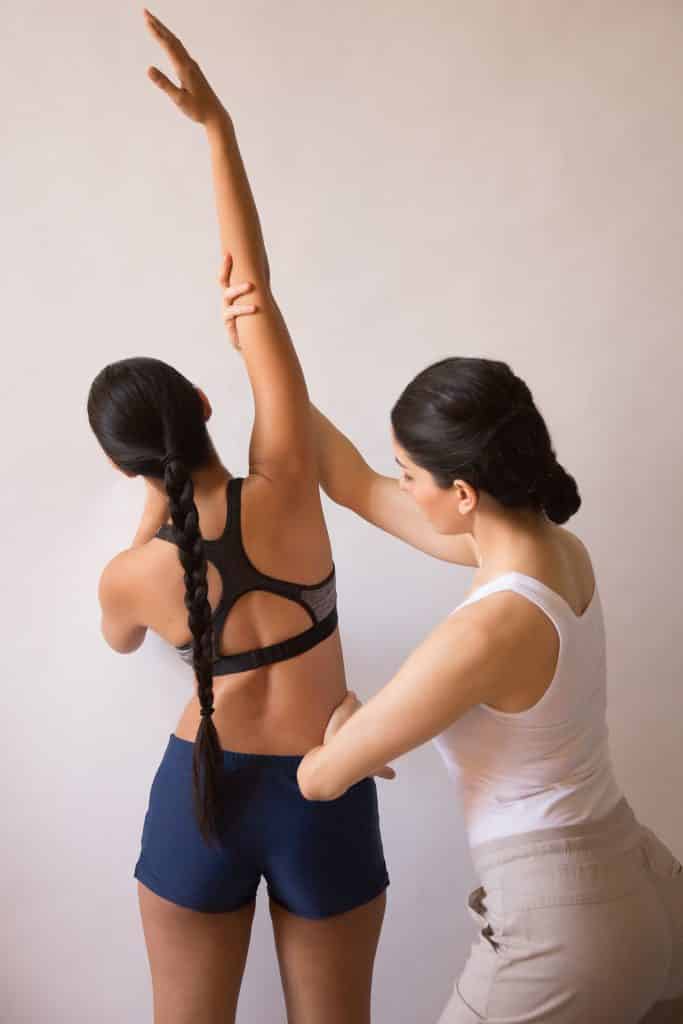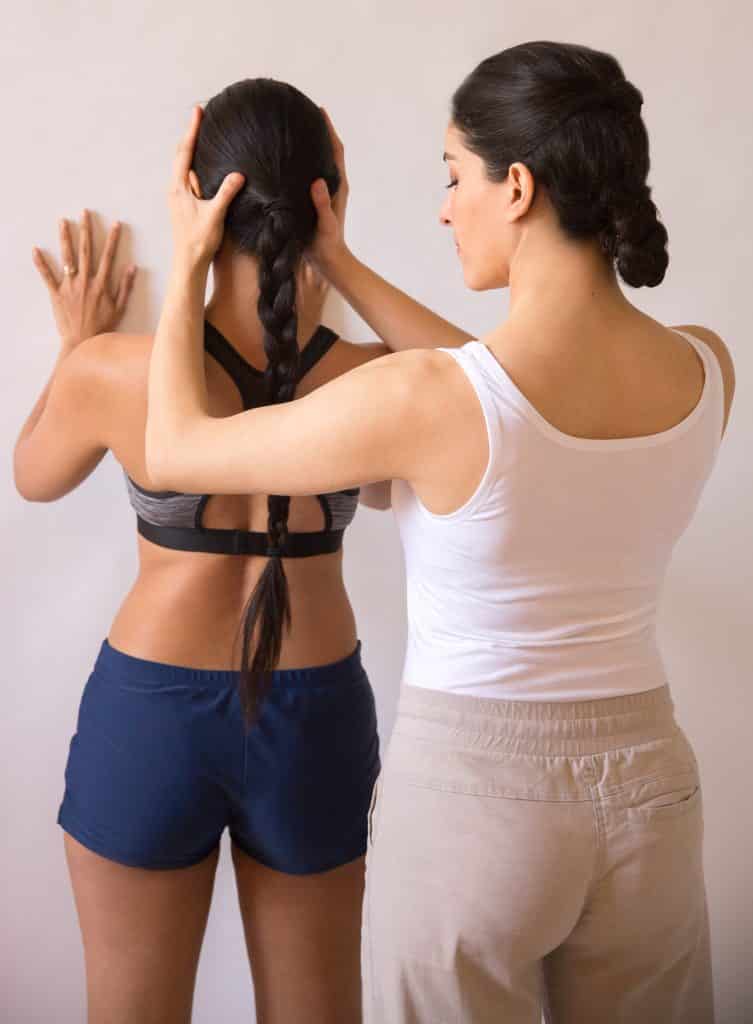WHAT IS ROLFING® MOVEMENT?
Rolfing combines a hands-on approach and an educative approach to posture.
The hands-on approach aligns the client with his or her gravitational field by means of a systematic manipulation of the fascias.
The educative approach, also called Rolfing Movement, allows a person to integrate gravitational force into his or her habitual perceptions concerning his/her posture and movement coordination. It opens possibilities for finding one’s full capacity of movement and expression.
Rolfing Movement was created at the Rolf Institute in the seventies and can be thought of as postural re-education.
An individual Rolfing session includes a time for manipulation and a time for education in movement (Rolfing Movement)

Rolfing Movement does not necessarily include fascial manipulations, and can be experimented in individual Rolfing sessions. It’s also possible to take the Rolfing principals into daily yoga asana practice. For information about classes click here.

 In the 1960s Dr. Ida Rolf, the founder of Rolfing® SI, already discovered that gravity, muscles, and fascia play an important role for upright posture and effortless movement.
In the 1960s Dr. Ida Rolf, the founder of Rolfing® SI, already discovered that gravity, muscles, and fascia play an important role for upright posture and effortless movement.